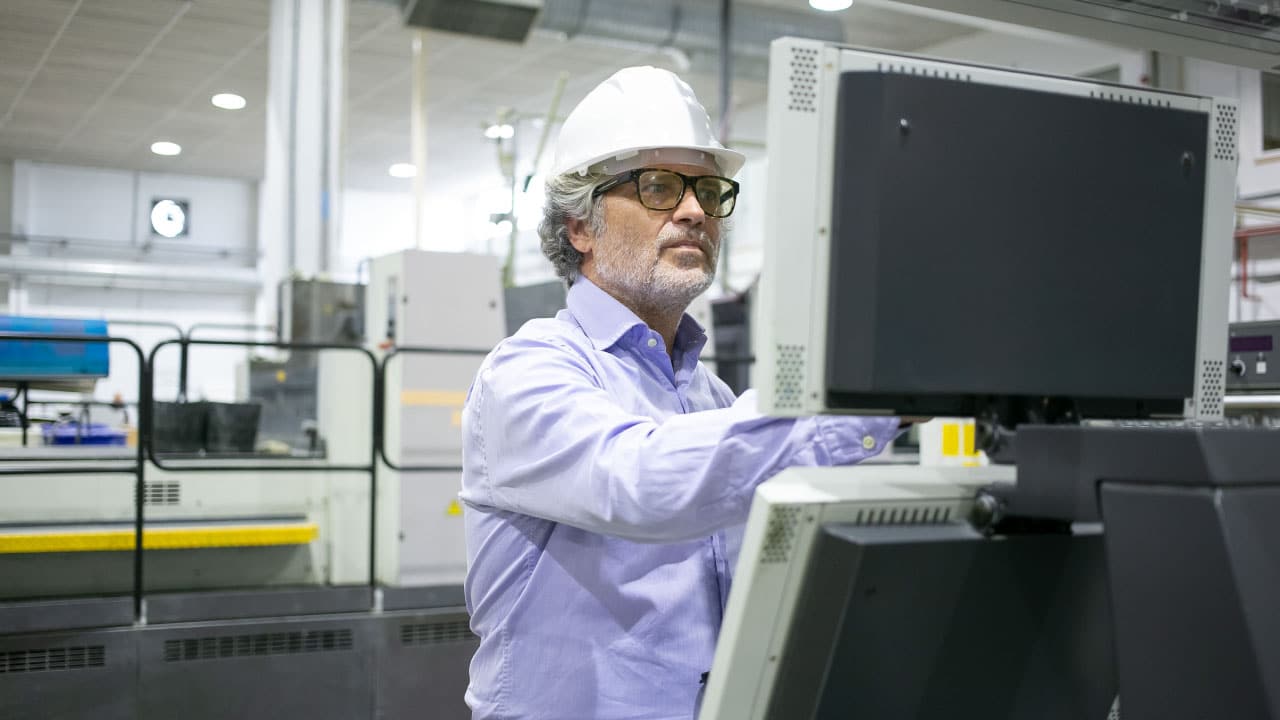
The Impact of Critical Communication on the User Experience
June 12, 2025In today’s fast-paced and highly interconnected world, operational leaders are under constant pressure to optimize both user experience and facility efficiency. One of the most crucial aspects in achieving this goal is critical communication – the process of sharing key information at pivotal moments that directly impacts safety, operations, and user engagement.
At its core, critical communication ensures that everyone in your facility—from staff to users—has the necessary information to respond to events, stay safe, and make informed decisions. But how does it impact the overall user experience, and why should it matter to you as an operational leader? Let’s explore.
What is Critical Communication?
Critical communication refers to the timely and relevant information exchanged during key operational moments. These moments may include system updates, emergency alerts, maintenance schedules, or other important notices that can have a direct impact on user safety, satisfaction, and comfort.
In essence, critical communication goes beyond regular information sharing; it is the pulse of your operation, ensuring that everyone is on the same page during crucial situations. Whether it’s informing users of system downtime, announcing evacuation procedures during an emergency, or simply updating your team about the status of ongoing maintenance, the goal is the same: to enhance the user experience through effective, clear, and timely messaging.
Why Critical Communication Matters
1. Safety and Security
The most vital role of critical communication is safeguarding the well-being of everyone within your facility. Effective communication ensures that users are swiftly informed about potential hazards, emergency protocols, and evacuation procedures.
For instance, when an alarm is triggered or there is an immediate need for evacuation, it’s crucial that users understand the next steps quickly. Clear, concise messaging helps prevent panic, guides users to safety, and ensures that everyone knows exactly what to do. This builds trust among users, who can be confident that the facility management is proactive about their safety.
By prioritizing safety through critical communication, you establish an environment where users feel secure and valued. This not only protects lives but also contributes to an overall positive perception of the facility.
2. Operational Efficiency
Effective communication is a cornerstone of operational efficiency. When there is a clear flow of information regarding system statuses, delays, maintenance schedules, or operational changes, there is less room for confusion or disruption.
Take, for example, a maintenance alert. When users are informed about scheduled maintenance or downtime in advance, they can plan their activities accordingly. Clear updates about the status of systems, or when a problem arises, help minimize delays and frustrations. It enables staff to address issues promptly and keep users informed about timelines and resolutions.
Moreover, a lack of communication can lead to disruptions, such as missed deadlines, resource conflicts, and unnecessary stress. Conversely, seamless communication enables a well-oiled operation, which leads to a smoother user experience and optimized resource allocation.
3. User Engagement
Effective critical communication does more than just share information—it engages users and fosters a sense of community within the facility. When your users receive regular updates and feel informed, they are more likely to actively engage with the resources at your facility.
For example, when you share updates on events, promotions, or changes to the facility’s services, you invite users to participate more fully. Regular communication builds transparency, which helps users feel involved and valued. Whether it’s offering timely feedback on an issue or simply acknowledging the completion of a task, effective communication is key to keeping users connected.
Additionally, when your staff is responsive to users’ questions and feedback, it creates an environment of collaboration and trust. Engaged users are more likely to make use of available services and resources, improving both their experience and your facility’s operational performance.
Critical Communication Best Practices
1. Leverage Technology
In an increasingly digital world, integrating the right technology tools is essential to streamline critical communication. For example, emergency response systems, mass notification tools, digital signage, and mobile apps can help disseminate information quickly and efficiently.
By utilizing these platforms, you can provide real-time updates to users and staff, which can be particularly critical during emergencies or high-priority situations. With technology, you can also automate certain communication processes, allowing your team to focus on more strategic tasks while ensuring that essential information reaches the right people at the right time.
2. Tailor Your Messaging
Not all communication is created equal. Different departments, user groups, or operational areas have unique needs, and tailoring your messages to meet those needs can significantly improve both clarity and engagement.
For instance, a message about system downtime may need to be directed to technical staff, while a message about safety protocols will be more relevant to the general user base. Personalizing communication ensures that each group receives the most relevant and timely information, reducing confusion and increasing the likelihood of effective response.
3. Foster Two-Way Communication
Communication should not be one-sided. Encourage users to provide feedback, ask questions, and engage in dialogue. Two-way communication helps clarify any misunderstandings and makes users feel more heard and respected.
This type of engagement can also help your team identify areas for improvement, as users often offer valuable insights into how systems and services are working (or not working) for them. Regularly soliciting feedback—and acting on it—enhances your communication strategy, making it more adaptive and effective over time.
4. Train Your Team
No matter how advanced the technology you use, the success of critical communication hinges on the people who implement it. That’s why it’s essential to invest in staff training to ensure they can effectively relay messages and respond to critical situations with confidence.
Training your team to handle communication systems, manage emergency alerts, and understand messaging protocols is key to maintaining a smooth flow of information. Empowering your staff with the right tools and knowledge will allow them to operate efficiently and ensure that communication is timely and accurate.
5. Evaluate and Improve
The effectiveness of critical communication strategies should be regularly assessed. Collect feedback from users and staff, analyze engagement metrics, and identify areas where communication could be improved.
As user needs and technology evolve, so should your communication strategy. Continuous evaluation helps you stay proactive in maintaining a communication system that is relevant, effective, and adaptable to new challenges and opportunities.
Your Partner in Critical Communication
Prioritizing effective communication is an investment in both safety and operational efficiency. By leveraging best practices in technology, messaging, and team training, you can enhance user experience, reduce operational disruptions, and foster a safer, more connected environment.
At EDC, we understand the importance of clear and effective communication. With decades of experience in critical communication, we can help you streamline your processes and improve the user experience at your facility. Contact us today to leverage our decades of experience in critical communication.


